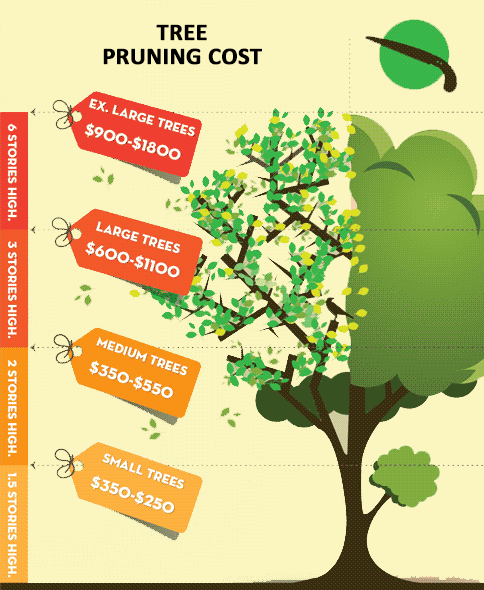The Environmental Ramifications Of Logging: Vital Facts To Be Knowledgeable About
The Environmental Ramifications Of Logging: Vital Facts To Be Knowledgeable About
Blog Article
Produced By-Marks Walker
When it concerns the ecological influence of tree removal, there are essential facets that demand your interest. From the intricate web of connections within environments to the succeeding results on environment patterns, the effects are extensive. You might be stunned to find the elaborate methods which the removal of trees can reverberate throughout the atmosphere. Keep tuned to unravel the intricate connections and effects of this apparently straightforward act.
Logging and Environment Loss
Deforestation and habitat loss are essential problems originating from tree removal. When trees are cut down, it disrupts whole environments. Not just are the trees themselves shed, but the homes and food sources of numerous plant and pet types are destroyed too. Birds shed their nesting sites, creatures shed their shelter, and pests lose their habitats. The results surge via the food cycle, influencing killers and victim alike.
In addition, logging contributes to climate adjustment. Trees play an important duty in soaking up carbon dioxide, a greenhouse gas that catches heat in the ambience. With fewer trees, there's much less co2 absorption, resulting in boosted degrees of this gas in the environment and intensifying worldwide warming.
Habitat loss is a direct result of logging, as the damage of forests indicates the loss of unique and varied environments. Many types are incapable to adapt to rapid changes in their setting, resulting in population decreases and, in many cases, termination.
Protecting Tree Trimming Cost Near Me is important to maintaining the delicate equilibrium of nature and guaranteeing the survival of countless plant and pet varieties.
Influence on Biodiversity
The removal of trees has a considerable effect on biodiversity, impacting the range and wealth of plant and pet types in a location. Trees offer habitat and food resources for various microorganisms, from bugs to birds to animals. When trees are gotten rid of, these types lose their homes and sources of nutrition, bring about a decline in their populations. This disturbance can have plunging impacts on the whole environment.
In addition, trees play a crucial function in keeping biodiversity by developing microhabitats within their covers, trunks, and origins that sustain a variety of varieties. When trees are cut down, these specialized environments are destroyed, decreasing the general variety of the area.
Additionally, the removal of trees can bring about a decrease in hereditary variety within plant populations, as particular tree types might no more be able to duplicate or disperse properly. Protecting trees and forests is crucial for protecting biodiversity and making sure the health and wellness of ecosystems for future generations.
Dirt Erosion and Environment Change
With trees being eliminated from an area, the interruption of soil structure and stability happens, bring about increased dirt erosion. Trees play a vital duty in preventing erosion by holding dirt in position with their origin systems. When trees are removed, especially in multitudes, the soil becomes a lot more at risk to erosion from wind and water. This erosion not just impacts the instant environments but can additionally cause sedimentation in nearby water bodies, impacting water quality and water ecological communities.
Furthermore, trees help control the environment by taking in carbon dioxide throughout photosynthesis. When trees are cut down, this all-natural carbon sink is reduced, contributing to enhanced degrees of greenhouse gases in the environment. This can aggravate climate modification, leading to even more extreme weather condition events and disruptions in communities worldwide.
For that reason, the elimination of trees not just speeds up soil erosion but additionally plays a role in the larger ecological problem of climate adjustment. Trimmed Pear Tree to consider these aspects when evaluating the influences of tree elimination on the environment.
Conclusion
Since you recognize the environmental impact of tree removal, think about the repercussions prior to cutting down trees. Deforestation disrupts ecological communities, minimizes biodiversity, and adds to soil disintegration and environment change. By being mindful of the influence of tree elimination, you can assist shield our setting and maintain the fragile balance of nature. Make informed selections and consider alternate solutions to minimize the unfavorable results on our earth.
